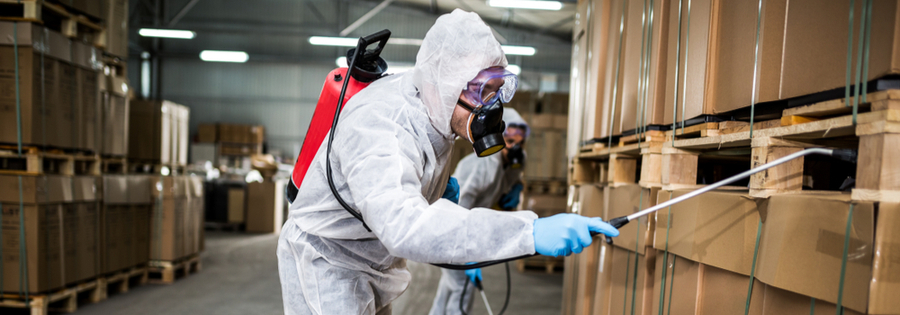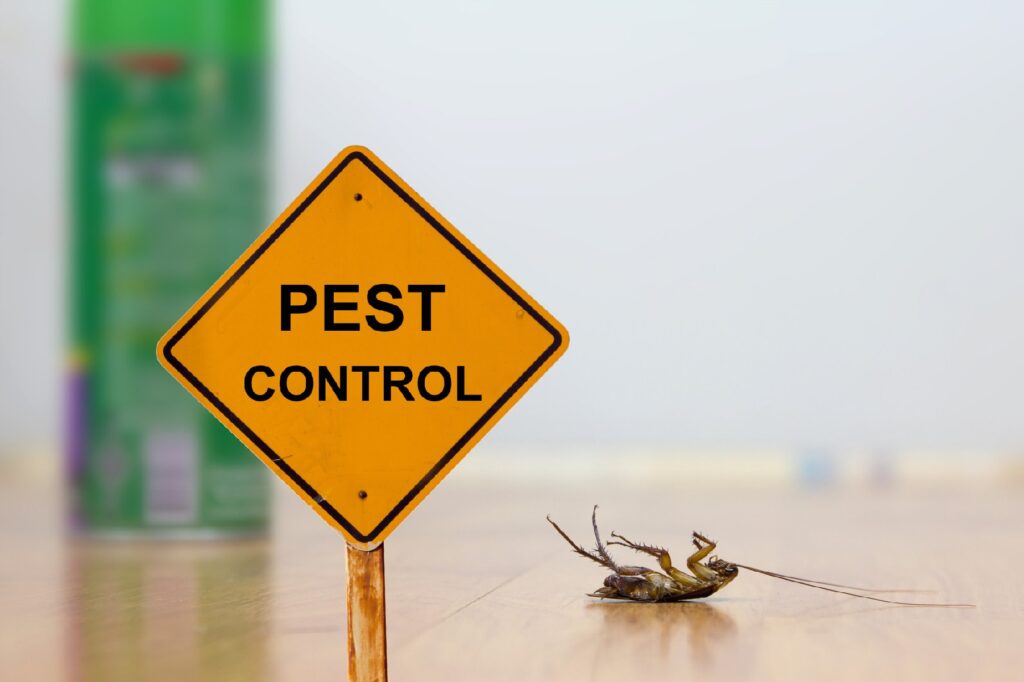Organic Pest Control Services Chicago: Eco-Friendly Pest Administration Options
Organic Pest Control Services Chicago: Eco-Friendly Pest Administration Options
Blog Article
A Comprehensive Overview to the Various Sorts Of Insect Control Approaches
With the myriad of parasite control techniques readily available, it can be overwhelming to find the most reliable option for a details bug problem. In this detailed guide, we will certainly check out these different kinds of bug control methods, providing insights right into their applications and benefits. By the end, you will have a more clear understanding of which technique may be the best fit for your parasite control needs.
Chemical Pest Control Approaches

One common sort of chemical bug control is insecticides. Insecticides are chemical compounds that are particularly created to eliminate or drive away pests. They can be used in different forms, such as sprays, lures, or cleans. Insecticides target specific pests, such as insects, termites, or ants, and can be utilized both indoors and outdoors.
An additional type of chemical bug control is rodenticides. These are chemical substances created to control populations of rats, such as rats and mice.
Herbicide, also called herbicides, are another sort of chemical parasite control method. Herbicides are made to selectively eliminate undesirable plants, called weeds, without creating harm to preferable plants. They are commonly used in agriculture, landscape design, and gardening to manage the development of unwanted plants.
While chemical pest control techniques can be very effective in removing insects, it is essential to use them sensibly and adhere to safety standards. Overuse or abuse of chemical pesticides can have unfavorable impacts on human wellness and the environment. It is crucial to utilize these methods responsibly and consider alternate bug control methods whenever feasible.
Organic Bug Control Approaches
Organic parasite control methods involve the use of living organisms or natural materials to manage and manage pest populaces. Unlike chemical methods, which typically count on artificial chemicals, organic control techniques make use of the natural opponents of parasites to manage their populations. This technique is taken into consideration more eco-friendly and lasting, as it minimizes the usage of harmful chemicals and minimizes the danger of pesticide resistance.
One extensively utilized biological insect control method is the intro of all-natural killers or bloodsuckers. For instance, ladybugs are presented to control aphids, while certain wasp varieties are launched to target caterpillars. These predators and parasites prey on insects, minimizing their numbers and stopping invasions.
An additional biological control approach is the use of virus. Particular bacteria, infections, and fungi can be employed to infect and kill certain parasites. The germs Bacillus thuringiensis is frequently used to manage caterpillars, as it creates toxic substances that are dangerous to these insects.
Biological control approaches can additionally include the use of scents or all-natural substances that interfere with the mating patterns of pests. By interfering with their reproduction, these techniques assist to reduce pest populaces in time.
While biological bug control methods are generally efficient, they may call for longer durations to accomplish preferred outcomes contrasted to chemical methods. In addition, careful consideration has to be given to the option and release of natural enemies to prevent unintentional harm to beneficial microorganisms or communities.
Physical Bug Control Techniques
To properly take care of and manage pest populations, alternate bug control methods referred to as physical pest control approaches are used. These approaches include the use of physical barriers, traps, or see post devices to stop bugs from accessing or damaging residential or commercial property. One typical physical pest control technique is using screens or nets to keep insects out of structures or gardens. These displays are commonly constructed from great mesh product that permits air flow while protecting against parasites from getting in. One more physical parasite control technique is the installation of fences or wall surfaces to keep larger parasites, such as deer or rabbits, out of yards or farming fields. These barriers physically block the insects' access to the location, lowering the potential for damages. Furthermore, catches and gadgets can be used to catch or ward off insects. For instance, sticky catches can be put in areas where insects are an issue, and the bugs come to be stuck to the sticky surface. Ultrasonic gadgets can additionally be utilized to send out high-frequency noises that are undesirable to parasites, triggering them to leave the area. Physical parasite control techniques are an eco-friendly option to chemical pesticides, as they do not count on using harmful chemicals.
Natural Bug Control Techniques
Natural insect control techniques use a lasting and environment-friendly approach to managing and getting rid of bugs. One of the most common natural bug control techniques is biological control. By taking on these all-natural insect control methods, individuals and neighborhoods can efficiently manage insects while decreasing the adverse impacts on the setting and human health.
Integrated Parasite Management (IPM)
Integrated Bug Administration (IPM) is a comprehensive and systematic technique to pest control that integrates numerous techniques and strategies to effectively take care of insects while minimizing the use of chemical pesticides. IPM intends to maintain bug populaces listed below the financial injury degree by making use of a combination of social, organic, and chemical control approaches.
Cultural control techniques entail modifying the setting to make it much less favorable for parasites. This can consist of practices such as crop rotation, proper hygiene, and the use of immune plant ranges. By producing unfavorable conditions for parasites, cultural control techniques can substantially minimize parasite populaces.

Chemical control methods are used as a last hope in IPM. They entail the targeted and wise use of chemicals to take care of parasite populaces. Unlike traditional bug control techniques, IPM aims to lessen the use of chemical pesticides by using plug in pest control different approaches.
Integrated Bug Management (IPM) is a positive technique that concentrates on long-term insect monitoring instead of counting exclusively on responsive procedures. By incorporating several control approaches, IPM gives a much more sustainable and ecologically friendly approach to pest control.
Conclusion
It talked about chemical, biological, physical, and all-natural insect control approaches, as well as the integrated pest administration approach. By understanding these different methods, individuals can make enlightened choices on which pest control approach is most suitable for their details needs and preferences.
Report this page